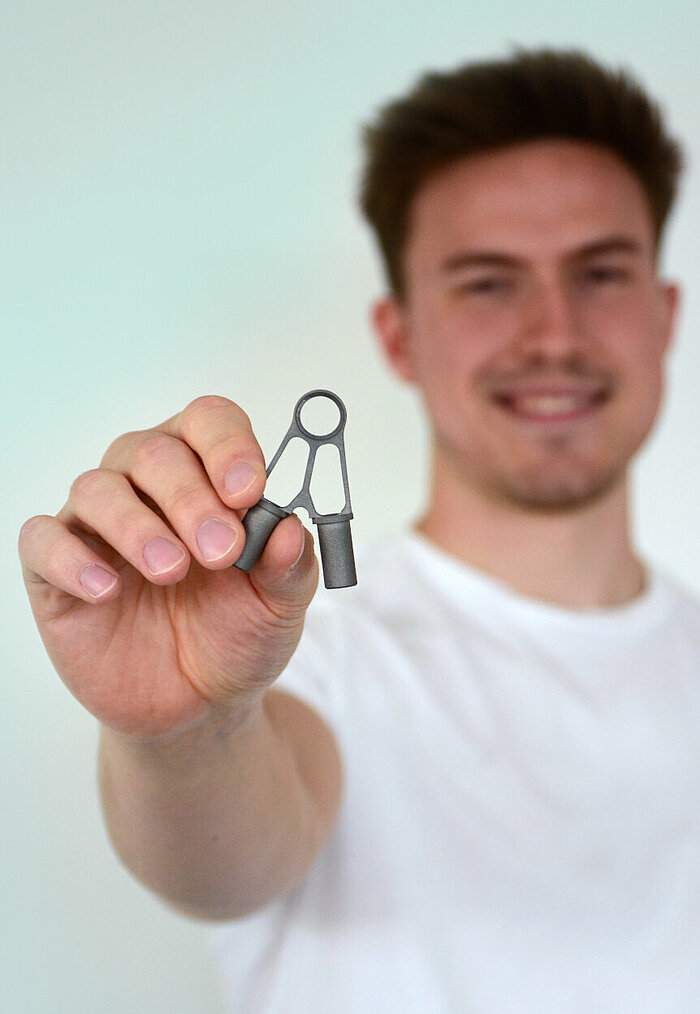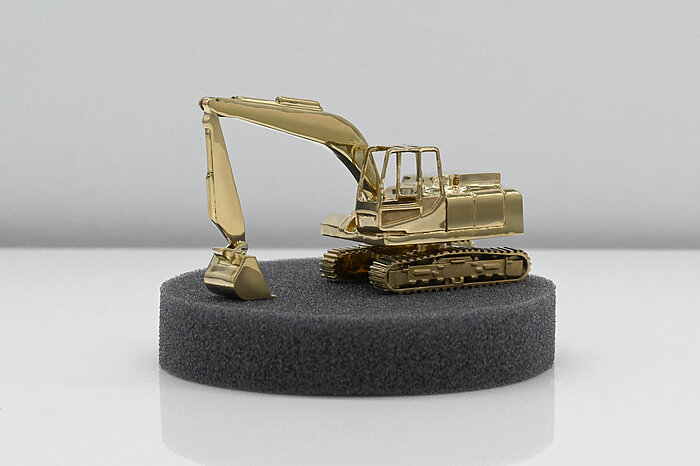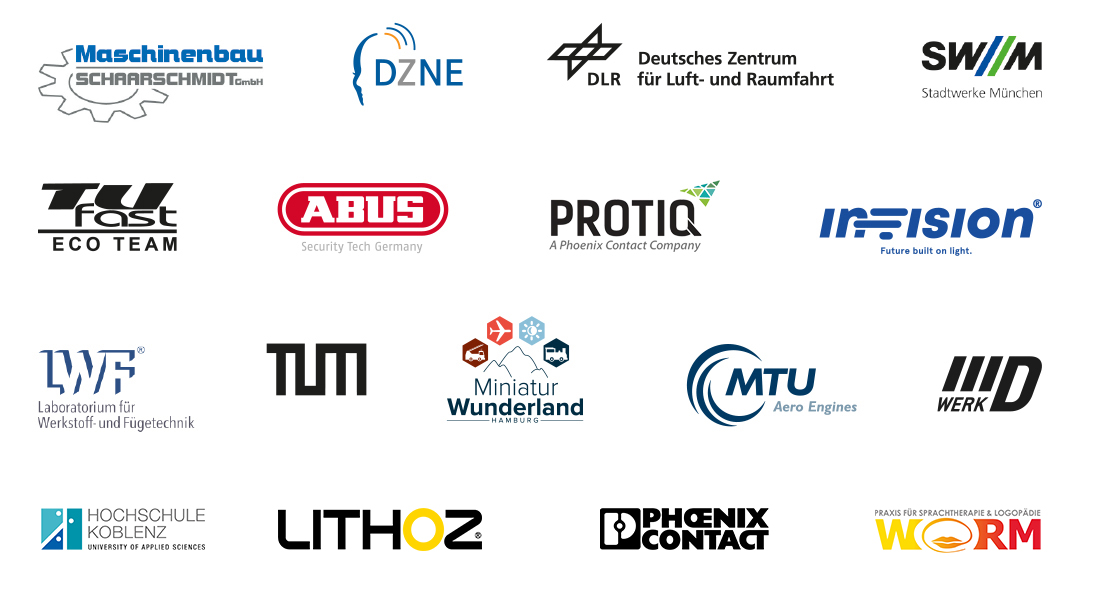Rapid prototyping at CADdent - more than just dental
Not only in dental technology, but also in the area of rapid prototyping, we combine high precision with high-performance materials and fast production speeds in order to realize every customer request in the best possible way.
We manufacture high-precision components in various metals, ceramics or polymers - in the shortest possible time. With us, rapid prototyping is really “rapid”. Depending on the material, we realize delivery times of less than a week after receipt of the order.
With more than 15 years of experience in additive manufacturing, we are your competent contact for prototype construction, small series and unusual inquiries.
BROCHURE
ADVANTAGES
-
almost any design can be implemented
-
fast production and short delivery times
-
large variety of materials
-
great price-performance ratio
-
Personal contact
-
Custom-fit counseling
-
High-performance materials
such as titanium or aluminum oxide
Custom-fit counseling
Do you have a creative idea and need help realizing it? We would be happy to design for you and support you right from the start. We look forward to receiving your inquiry!
Prototyping customer service
T: +49 821 5999965-0
Email: prototyping@caddent.eu
We would be glad to be also your contact for very special orders. For example, we made a 1:87 scale excavator in 14 carat gold. The excavator was first printed in burnable resin, embedded, burned, and then cast in 14 carat gold.
The individual prices are displayed directly online during the material selection of the order page after you have uploaded your 3D object. Our order page determines and generates the costs automatically based on the geometric dimensions, volume and surface of your virtual data set. Depending on the x-, y- and z-dimensions of your component, which derives its space requirement in the production line, the machine operating costs can be calculated. While the material costs depend on the volume, the expenses for grinding or polishing metallic components result from the surface of your 3D object.
Depending on the material, different maximum component sizes can be manufactured. After you have uploaded your 3D object to the Rapid Prototyping order page, you will see in the material overview which materials your component can be made of. If your component is too large for a material, "not producible" appears instead of the price, including an info button with the maximum possible production sizes. You will find further design information on the info button directly next to the material designation.
Compared to zirconia, aluminium oxide has slightly lower fracture strength and a higher thermal conductivity. In addition, aluminium oxide is harder and much lighter than zirconia due to its lower density. Further, aluminium oxide is easier and more precise to manufacture in the lithography-based ceramic manufacturing, which means that thinner wall thicknesses or cannulations can also be implemented. Furthermore, aluminium oxide is cheaper than zirconia. You can find more information here.
ATZ (alumina-toughened zirconia) is a mixed oxide ceramic that consists of approximately 80 % zirconium dioxide and is reinforced with aluminium oxide (approx. 20 %). ATZ combines the advantages of both ceramics: zirconia and aluminium oxide. Compared to pure zirconia ATZ has a higher hardness and lower weight due to the share of aluminium oxide. Thanks to the high zirconium content, ATZ has a very low thermal conductivity, similar to zirconium. In the additive manufacturing of ATZ, smaller wall thicknesses (0.15 mm) can be realised more precisely due to the higher resolution. Furthermore, significantly thicker wall thicknesses (e.g. 10 mm) can be realised in 3D printing with ATZ compared to zirconium. Due to the lower risk of cracking, additive manufacturing with ATZ is more reliable. Therefore, it can be offered to a lower price than additive manufacturing with zirconium. Further information can be found in our article about ATZ.


